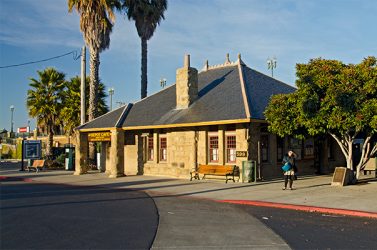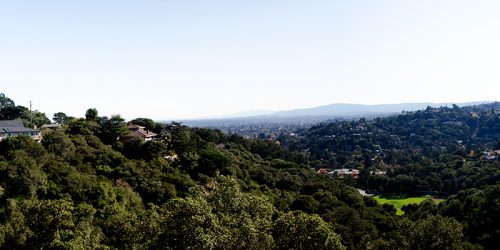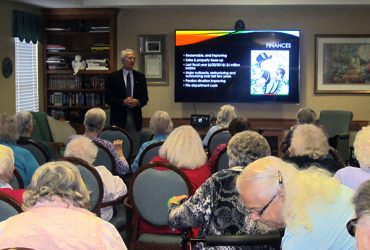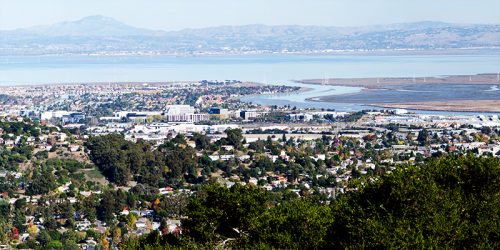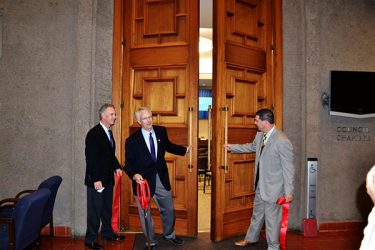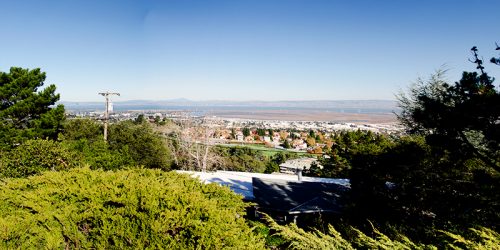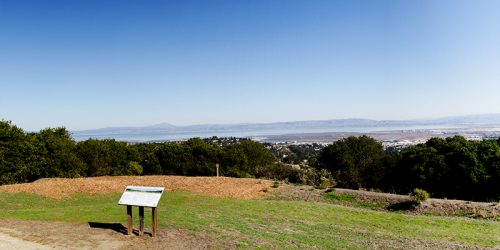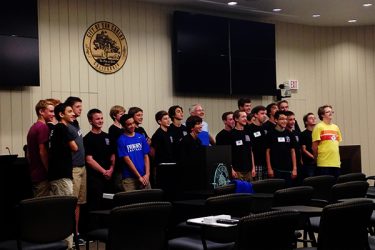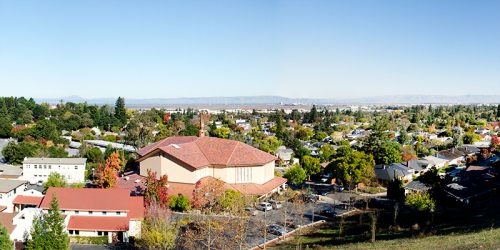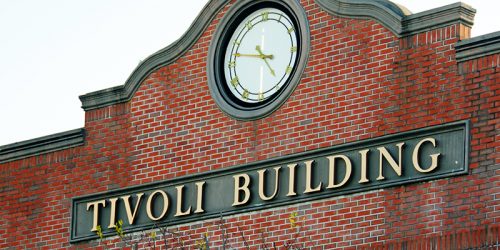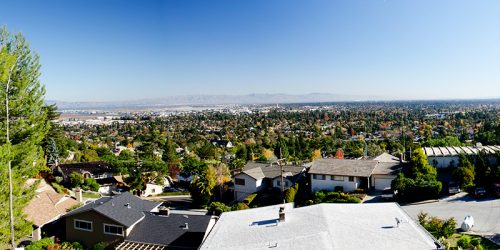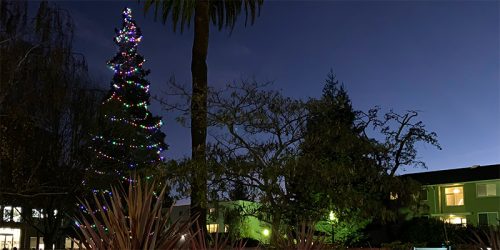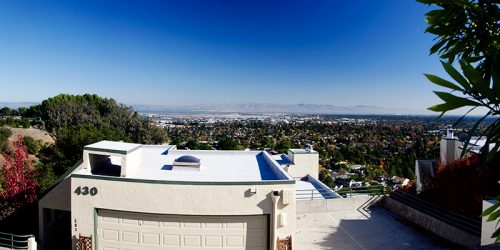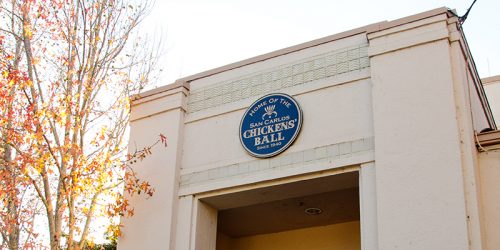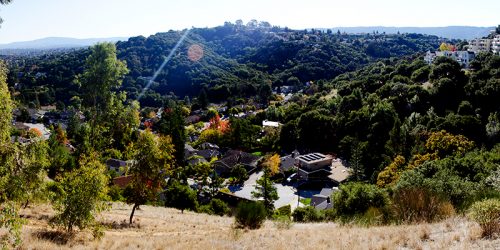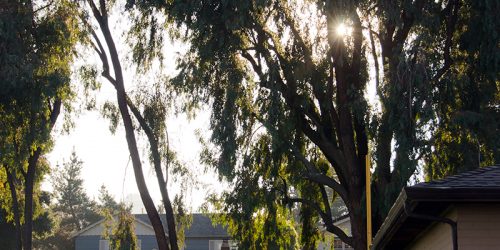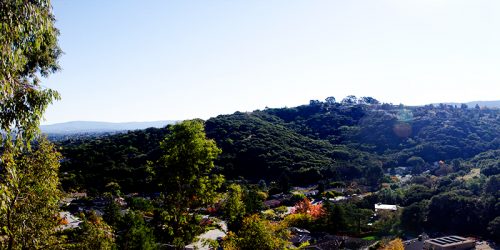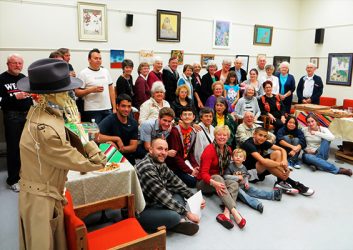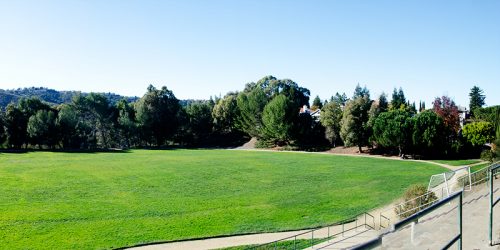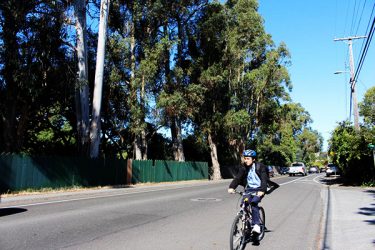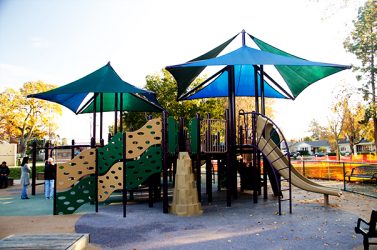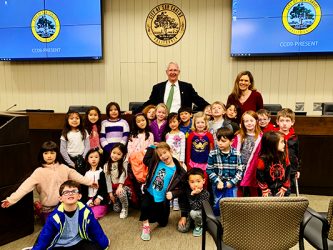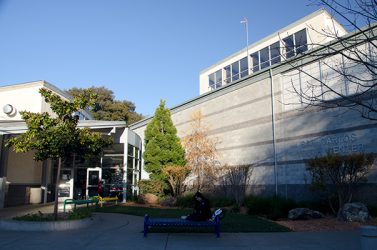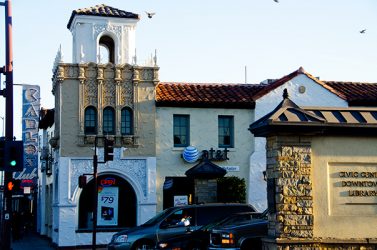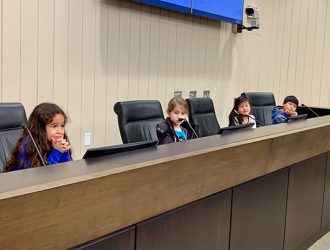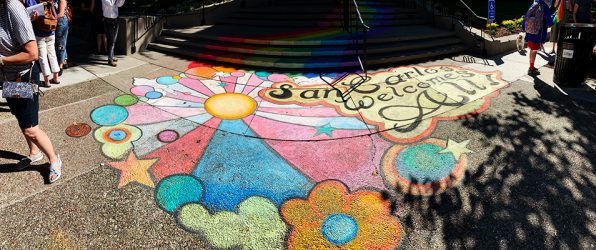Traffic is a topic that’s sparked quite a bit of debate in San Carlos over the last few years. Ask almost anyone who lives here about it, and you’ll get an earful. Usually involving too many new homes, apartments or condos, and too many new people coming to live here.
But I don’t think that’s the major driver. Why? Because the population of San Carlos hasn’t changed by all that much, in quite some time. From the US Census Bureau, by way of Google:

Eyeballing it, that’s an increase of about 4,000 people between 1990 and 2016, on a starting base of 26,000. Which works out to about 0.6% growth per year. The rate since 2010 looks to be slightly higher, at about 1% per year. But in neither case would population growth seem to explain the increase in the number of cars people are seeing.
One of our long-serving police sergeants, who is also a long-term San Carlos resident, Steve Pettit, pointed out something which probably is part of the explanation. The high cost of housing in the Bay Area makes it difficult for young adults to move out on their own, and set up their own households. Consequently, many of them spend longer living in their parents’ homes than used to be the case. That increases the number of cars per household, in turn increasing the amount of traffic on our streets.
Jeff Maltbie, our city manager, pointed out something else, which I believe is an even bigger factor. The local economy is close to what economists call “full employment”. Meaning that virtually everyone who wants a job has a job. Because our regional transportation system is based primarily on personal automobiles, the vast majority of working people have to get to and from work by car. So full employment is bound to make traffic heavier.
Jeff’s idea is consistent with something I noticed after moving to San Carlos back in 1997, at the height of the first dot-com boom. As soon as the first wave of dot-com companies began imploding, traffic got much better. It took several years to even begin to recover, and did so only up until the start of the Great Recession, when it got knocked back again as the local economy stalled. It’s gotten much worse as the current economy recovery continues and accelerates.
Why does it matter what’s causing the increase in traffic? In one sense, not much. Any one individual resident can’t do much about things like the housing shortage , or with the tremendous economic vitality of the region enabling virtually everyone who wants a job to have one.
But in a larger sense this could be important, if it causes people to think about housing and transit trade-offs differently. If Steve’s and Jeff’s ideas are important pieces of the puzzle, then refraining from building more housing, particularly multi-family housing near transit corridors, will just make traffic worse. Similarly, taking steps to expand transportation options — so not everyone needs to drive to and from work — could be seen as a higher priority, even in the face of negative side effects.
